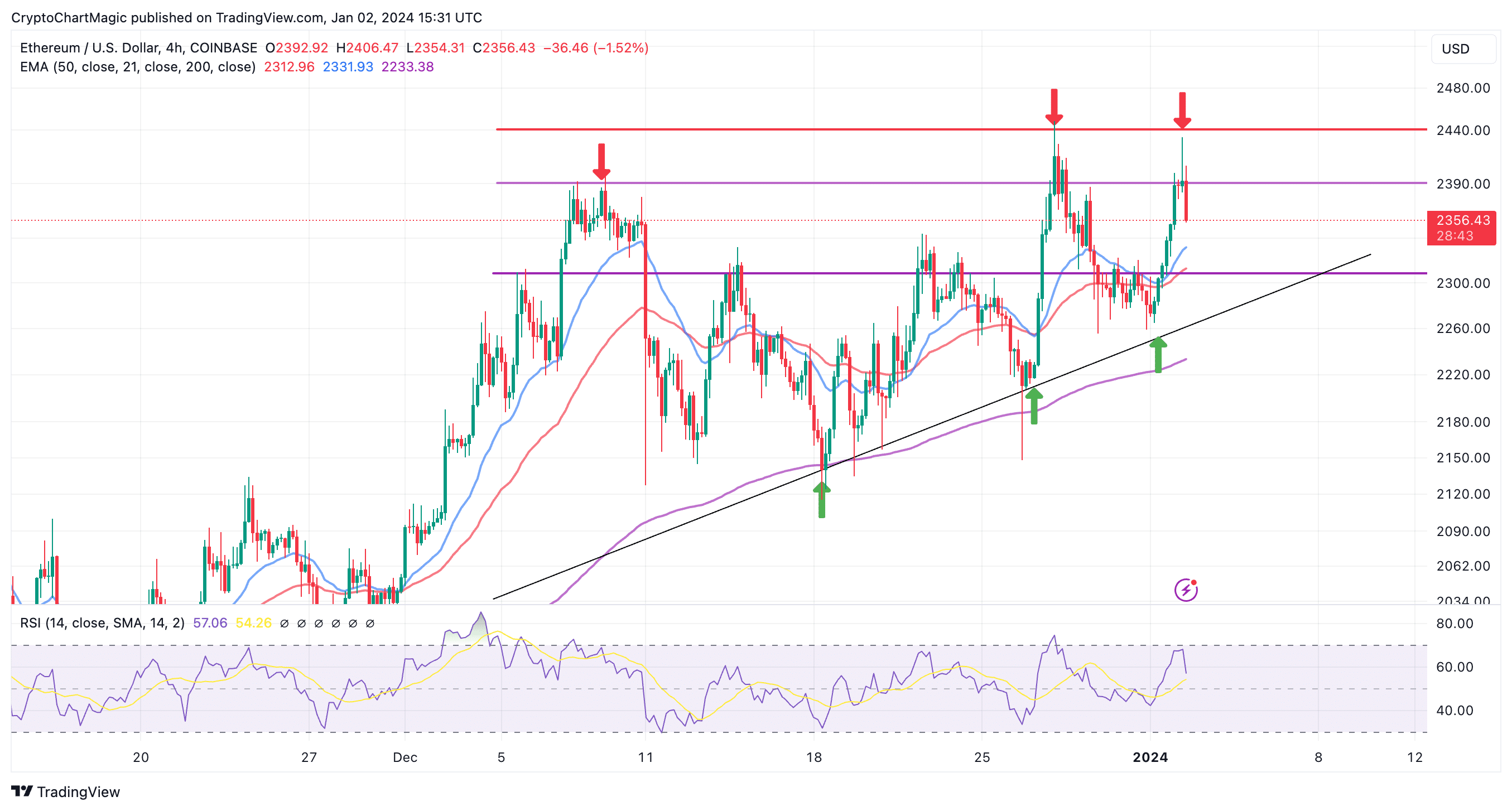Tether might be a big name in the crypto industry, but it’s on shaky ground with America’s oldest consumer watchdog. Consumers’ Research is sounding the alarm bells loud and clear: they say it’s time for Tether to go, plain and simple.
Stablecoins are supposed to be a safe space in the crypto chaos, pegged to stable assets like the dollar to prevent wild price swings. But while other stablecoins are getting the thumbs up, Tether’s practices are raising red flags from all corners.

From the get-go, Tether has been a magnet for controversy. Started in 2014, the platform promised each Tether was worth one solid U.S. dollar, but it turns out, that wasn’t always the case, according to Consumers’ Research.
Flash forward to 2018, and the New York Attorney General’s office began digging into Tether and its sister exchange, Bitfinex. They uncovered misrepresentations about their dollar reserves in 2017, and by 2019, the two were found falsifying their financial status after Bitfinex took a serious financial hit.
Tether’s asset management under scrutiny
The troubles didn’t stop there. In 2021, the U.S. Commodity Futures Trading Commission fined Tether a whopping $41 million. Why? Because for over two years, Tether had been playing fast and loose with the truth about their dollar reserves—fully backed only 27.6% of the time. Plus, they threw in some unsecured receivables and other non-fiat assets into the mix, all the while claiming they were conducting routine, professional audits—which, spoiler alert, they weren’t.

Questions about how Tether manages its reserves are still unanswered. An S&P report handed Tether four out of five for transparency and regulatory framework. And then there’s the issue of their past investments—loads of commercial paper and securities from major Chinese banks. Tether says they’ve cut ties with these assets, but Consumers’ Research points out that no audit has confirmed this.
Adding to the drama, a February JPMorgan report highlighted a growing concentration in Tether holdings as a negative trend for the crypto ecosystem. They pointed out regulatory threats, especially from the U.S. Treasury, which could tighten the noose given Tether’s reliance on the American market.
Related: Tether’s Paolo Ardoino publicly slams Ripple’s Brad Garlinghouse
Just this March, Tether boasted a market cap of $100 billion. Sounds impressive, right? But this dominance comes with risks. As Rajeev Bamra from Moody’s put it, any screw-up with Tether is a ticking time bomb for every single financial institution involved with it.
A different perspective from Tether’s CEO
Despite all the regulatory heat and controversies, Tether’s CEO, Paolo Ardoino, appears unwavering. He rarely takes allegations of Tether’s instability seriously.

In his recent statements on social media and interviews, Paolo emphasized Tether’s massive impact, particularly in developing countries. He mentioned:
Tether USDt is bringing the U.S dollar to hundreds of millions of people around the world that live in developing countries and are in need of an alternative to their local national currencies that are quickly losing any sort of value.
Paolo has always been vocal about Tether’s role as a lifeline for millions, arguing that it provides a stable and reliable digital dollar. In an interview with Cryptopolitan, he told us that Tether’s strategic focus is moving away from the U.S. market to address more pressing needs in third-world countries where Tether’s services are critically needed. He also pointed out Tether’s investments in U.S. Treasuries, emphasizing its role as a major player in short-term U.S. debt and, by extension, the economy.
Jai Hamid





